The small-to-massive data cost of your biting bytes.
How much internet data do I need?
If you're worried about running out of data on the go or at home, the easiest answer is always going to be an unlimited mobile or NBN plan. Not sure where to start? Check out the widget below for a round-up of the most popular NBN plans with unlimited data.
Of course, just because an unlimited data plan is the easiest answer doesn't mean it's going to be right one for you. If you're looking to save money or work within a budget, chances are that your mobile or internet plan is going to have a data limit of some kind. If that's the case, then it can pay to work out the right-sized one in advance.
Nobody wants to pay for data they aren't using and the reverse isn't much fun either. Paying for additional gigabytes after the fact is usually a lot more expensive than the alternative. Knowledge is power and knowing how much data you use can be a vital first step towards understanding and then right-sizing how much data you need.
How much data do Aussies use?
The best picture we have of just how much data Aussies regularly use up is a little bit out of data but it comes from the Australia Competition and Consumer Commission.
According to the regulator, NBN users chewed through an average of 480GB of data in June 2023, which was a 6 percent increase from the half-year prior. Average Aussie mobile data usage was quite a bit lower with those on prepaid plans getting through around 7.5GB per month while their postpaid counterparts had approximately double that.
Is 200GB or 500GB enough data for home internet?
While most internet and NBN providers offer unlimited data as standard nowadays, there are a few exceptions.
Lower-speed NBN plans, home wireless, mobile broadband and other connection types often come with data caps - typically, around 200GB or 500GB. Some plans may further break this included data into "peak" and "off-peak" data, which limits how much data you can use depending on the time of day.
We'd always suggest getting an unlimited data plan if it's available to you, as these plans offer the best value. However, if for some reason you can't access an unlimited data plan (or if you simply don't use enough data to warrant one), a 500GB data plan should do you fine. If you live by yourself or with one other person, you may be able to swing 200GB per month.
For a snapshot of the minimum data usage of various popular apps and activities, check out the table below.
What happens if you exceed your NBN data allowance?
NBN providers don’t tend to charge excess data fees if you go over your monthly data allowance. What happens instead is your maximum connection speed is slowed down until your next monthly billing cycle kicks in. How much your connection is slowed will be determined by your provider, but it may be up to 50 or 100 times slower, depending on which NBN plan you have.
How much data are you using?
Data usage can be tricky to track right now, with providers disabling internet tracking and automatically shifting metered plans to unlimited during (and possibly after) coronavirus. Normally, you can refer to an internet bill for an indication of data usage. Alternatively, log in to your provider’s user portal to check for data usage.
The other infinitely less accurate way is to track data usage on a per-device basis, but bear in mind that your home data usage will encompass every device that connects to your home network’s router or modem-router for internet usage, and will include a mix of active and background use (e.g. automatic updates).
Bits vs bytes
Megabits (Mbps)
Megabits are the unit of measurement for speed, which is the basis of broadband plans in terms of a maximum potential speed measured in megabits-per-second (Mbps).
Megabytes (MB)
Megabytes are used to measure the size of your downloads, whether the result is a game file or data streamed over the internet.
How much data does Google Chrome use?
How much data you’re using while web browsing will be determined by your browsing habits, specifically, how many bigger-data images, audio, and/or videos are on the websites you frequent. A text-heavy website or basic tasks like internet banking will use significantly less data than spending hours on Facebook or YouTube watching videos.
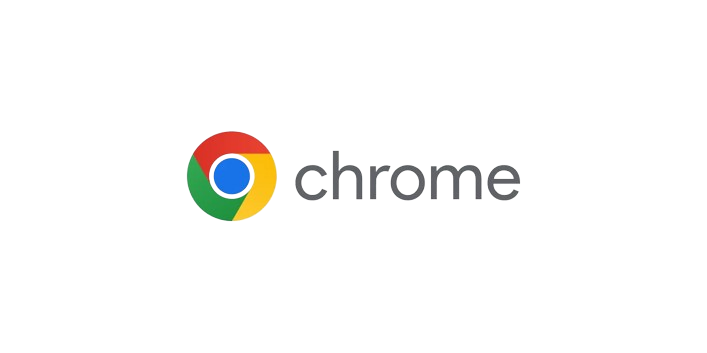
How much data does Zoom use?
Data usage for video conferencing software can vary greatly. Zoom – a popular video conferencing service that tends to be used for more than two participants – has a data range of up to 1.62GB per hour for a one-on-one video call at 1080p quality, which can stretch up to 2.4GB per hour for a group call.

How much data does Netflix use?
This really depends on the streaming service you’re using and the quality at which you’re watching. Streaming 4K TV shows on Netflix or 4K movies on Stan may use as much as 7GB per hour of playback.

How much data does Facebook use?
This number is based on the assumption that you’re scrolling, commenting, and looking at images. Watching videos on Facebook (or TikTok) will make this number spike, and if you dip into live-streaming, expect this to spike as high as much as 1GB per hour for a 1080p stream.
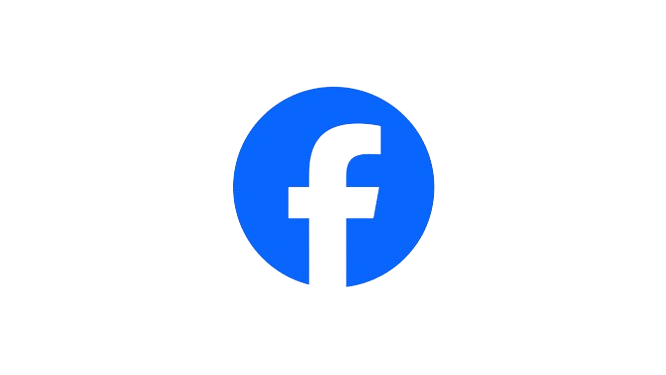
How much data does gaming use?
No, that’s not a typo. Online gaming ranges anywhere from around 50MB to more than 1GB per hour but tends to hang around hundreds of megabytes. What online gaming doesn’t take into account for data usage, though, is the initial requirement to download the game and increasingly larger updates.
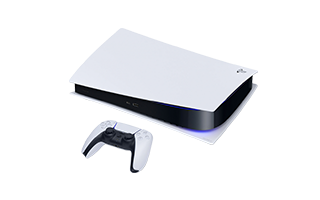
How much data does renting movies and TV shows use?
Ultimately, the platform you use – iTunes, Google Play, YouTube, Microsoft Store, etc. – will determine the size of the rented content you consume, based on the compression systems it uses for the videos.

How much data does Spotify use?
Spotify data usage varies based on your preferred audio quality settings. The estimates for each are as follows:
- Low: 10MB per hour
- Normal: 40MB per hour
- High: 66MB per hour
- Very high: 132MB per hour
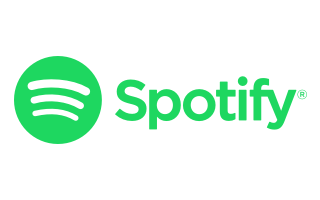
How much data does Apple Music use?
Apple Music will eat into your data allowance depending on the quality you're streaming in. Here's how much data each one uses:
- High Efficiency: 30MB per hour
- High Quality: 120MB per hour
- Lossless: 720MB per hour
- High-Resolution Lossless: 2.9GB per hour

How much data does Google Maps use?
Google Maps isn't a big gigabyte-buzzler. The amount of data that the navigation app uses will depend on just how many of its more advanced features you're using. Bringing up 3D or satellite imagery will use more data than looking up an address, though not that much more.
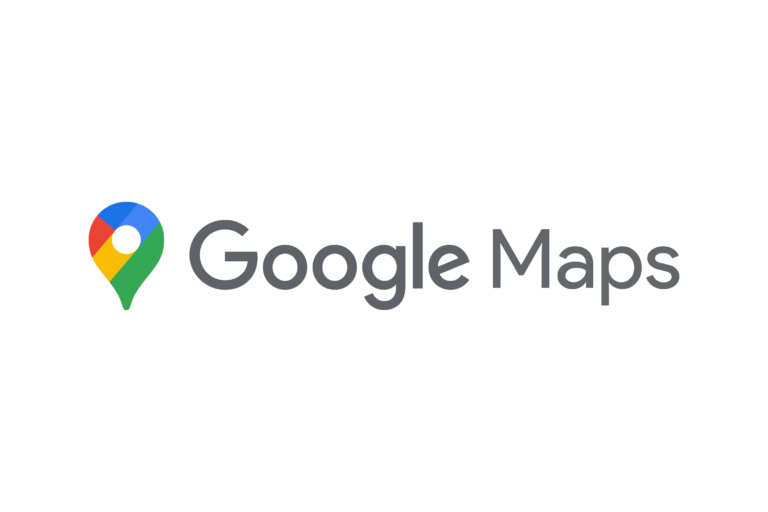
How much data does Instagram use?
Instagram uses around 600MB per hour if you're just browsing and double that if you're uploading your own video content. Fortunately, there are a few in-app settings that you can adjust if you want to conserve more data.
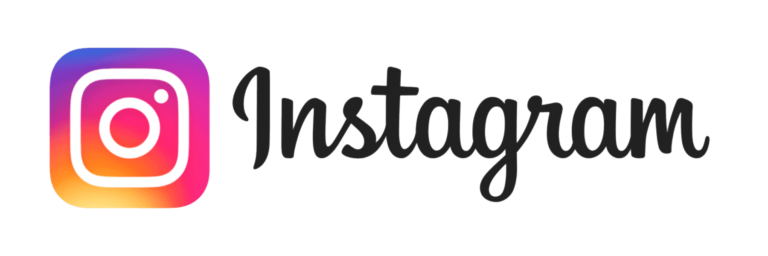
How much data does YouTube use?
Like other video streaming apps, YouTube's data usage is dependent on your streaming quality. Watching YouTube content in 720p at a standard frame rate uses a lot less data than in 4K or higher frame rates.

How to manage your data better
Data-saving tips and tricks
The rise of the Internet of Things has led to a trend of automated internet functions that, while convenient, can invisibly chew into extra megabytes or even gigabytes of data every month. Here are a few quick tips for lowering data usage.
For everyday web browsing, web browsers like Opera have the option of saving data. For Opera specifically, this is done by activating ‘Opera Turbo’ mode. Other browsers, like Chrome or Firefox, have data-saving extensions that can help bring the browsing megabytes down.
Videoconferencing software may have options to disable HD video calling, which can greatly reduce data usage. For Zoom, open the settings (gear icon) on the desktop software, select Video, then uncheck the ‘Enable HD’ box in the ‘My Video’ section.
Streaming services like Netflix, Stan and YouTube default to quality rather than data-saving. The lower the quality, the more data you save. YouTube lets you manually select available video quality with the settings (gear icon) button. Netflix and Stan both have ‘auto’ quality settings, but these can be tweaked in the app settings (under specific Profile ‘Playback Settings’ for Netflix) between Low, Medium, and High for Netflix and Stan, as well as Ultra (on supported content) for Stan.
Here’s a breakdown of the approximate hourly data-usage ranges of popular streaming services:
For music streaming services like Spotify, you can adjust the streaming quality options to use less data, where lower equates to less data used. An ‘automatic’ setting will match quality to your connection speed which, for music, is likely going to be the highest bitrate quality. Spotify, for instance, also lets you shift between low, normal, high and, for premium customers, very high presets, each of which incrementally uses more data per hour.
Dig into your account settings in Facebook, and right down the bottom you’ll see a ‘Videos’ tab that lets you tweak the video default quality between ‘Default’, ‘SD Only’, and ‘HD if available’. Selecting ‘SD Only’ will save data; similarly, switching ‘Auto-play Videos’ to ‘Off’ will stop videos from automatically playing when you scroll through your Facebook feed.
When downloading rented or purchased movies and TV shows on stores like iTunes, opting to download the SD version can help save gigabytes of data per download.
Related Articles
















